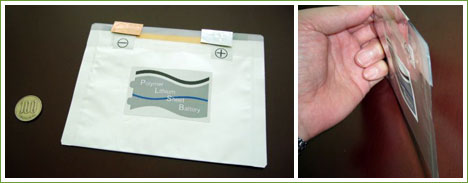Friday, January 15, 2010, 09:52 AM
Posted by Administrator
I just read an article about making use of some seemingly obvious items that many of us already have. However, I started to realize how long it has been since I have seen anyone around me make use of these.Posted by Administrator
When is the last time someone opened a lunch pail and thermos where you work? How about the last time you were invited to a Fondue dinner? Have you used an electric blanket recently?
Lets start with the easy one. The thermos uses a simple mechanical process to keep food at the same temperature, hot, cold or neutral. By separating all but the very lip of the inner container from the surrounding environment, a thermos makes the transfer of heat very difficult and preserves the state of its contents. Alton Brown, a cooking show host that I really enjoy, recommends a thermos for keeping difficult sauces like hollandaise warm until your ready use it. On a more basic level, a thermos will keep water or other drinks cold. A thermos will keep soup for lunch nice and hot.
If you don't already have a '70s-era slow-cooker (aka "crock pot") collecting dust in your kitchen cupboard, you can buy a new energy-sipping model for about $30. The Fondue pot is also an energy sipper that helps make use of leftover bread and cheese.
Electric blankets and pads cost little more than many non-electric comforters, and only use about a nickel's worth of electricity per night to operate. Yet according to the U.S. Department of Energy, for every degree you turn down the heat during the winter, you'll probably save about one to three percent on your total home heating bill.
If this is an option, drying your clothes outside on an old-fashioned clothes line or indoors on one of those accordion-like laundry racks will not only save you about $200 per year on the cost to own and operate an electric dryer, but it can make some garments last up to twice as long.
I hope this stirs some ideas that can save you some money while reducing your energy demand on the environment.



 Calendar
Calendar




